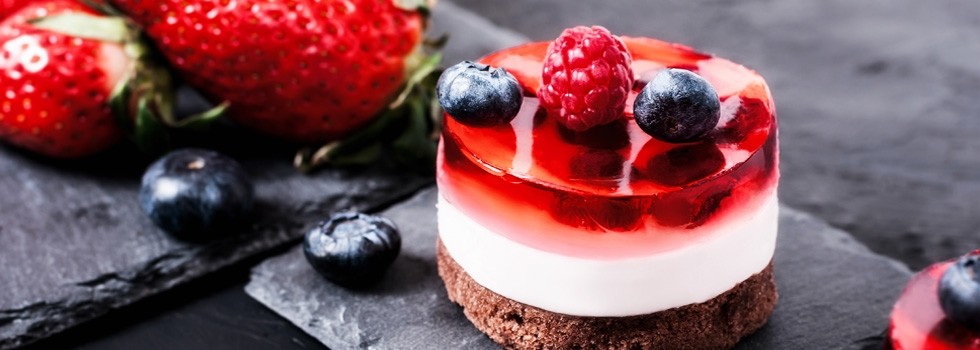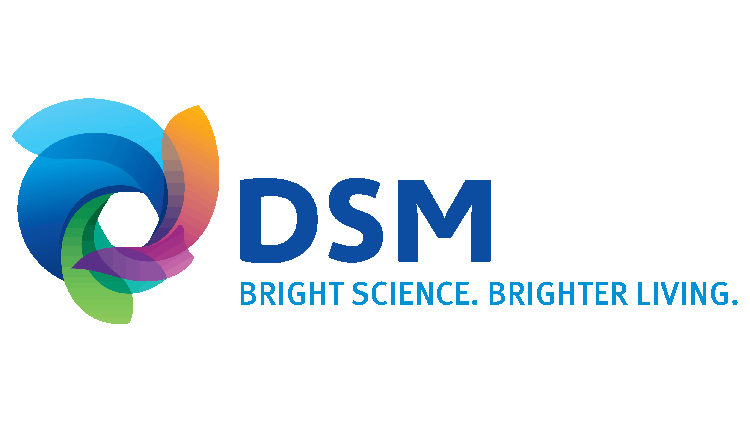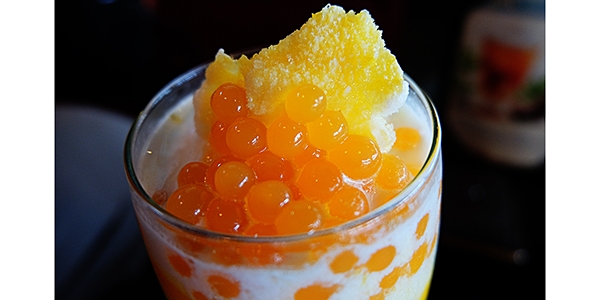Promotional Features
Maximizing efficiency in gel-based applications through innovation
With a surge in consumer demand for new and exciting textures in food and drink, manufacturers are looking for sophisticated and innovative product formulas to help them develop the next big thing. Gellan gum is one such ingredient being leveraged for its unique textural properties, and leading science-based company DSM has recently introduced three new gellan gum products to open up even more possibilities in the world of food and drink.
Texture the new frontier for food and beverage innovation
With consumers constantly seeking newer, more stimulating sensory experiences when eating and drinking, food and beverages with novel textures, particularly those with a satisfying and unique mouthfeel, have seen a surge in popularity in recent years. One report by Innova suggests that as many as 70% of consumers say texture gives food and beverage a more interesting experience, and young consumers in particular are more likely to agree that “I care more for the texture experience than for the ingredient list of a food product.”
It should come as no surprise then that the usage of product texture claims has been growing across all regions in recent years. This is especially evident in Asia Pacific, where the number of new products featuring texture claims has increased from 23% to 31% of all product launches over the past 3 years, according to market research consultancy Mintel. As such, texture is continuing its rise as an important feature of food and drink innovation. For instance, the number of newly launched yogurt products with “chewy” texture claims accounted for just 11% of all new yogurt launches in 2016, while the same claim was featured on almost a quarter of new yogurt launches in 2019, representing a compound annual growth rate of 32%. At the same time, the rise in popularity of bubble tea, energy gels, and jellies mimicking the taste and feel of real fruit are just a few of the product categories that are continuing to grow worldwide on the back of this consumer demand.
Hydrocolloids play an important role in creating these innovative product textures, especially where multiple and contrasting textures coexist within one product. Creating such a diverse range of texture can pose significant challenges to food and drink manufacturers and formulators. Among the different kinds of hydrocolloids available, gellan gum is one of the fastest growing ingredients that is widely used in virtually all kinds of food and beverages, particularly plant-based beverages, where it is prized for its natural and sustainable fermentation source as well as its ability to create different textures.
Within the gellan gum category, low acyl (LA) gellan gum has previously been favored in the formation of various gel-based applications thanks to several unique features. These include its one-of-a-kind brittle texture, which can be creatively implemented to develop various different sensations, as well as its crystal-clear transparency, which provides greater options for creating visually exciting products. What’s more, the excellent thermal stability of LA gellan gum gives food developers more flexibility within which to operate during the food and beverage production process.
Despite its clear-cut benefits, LA gellan gum does however come with certain drawbacks, mainly its poor solubility due to its calcium-sensitivity and the need to add chelating agents in the production process. Such properties make it a relatively difficult ingredient to work with. For example in the manufacturing of LA gellan gum-based drinkable jellies, calcium is added to help set the gel. But the added calcium, if added before heating, could render the gellan gum insoluble. To overcome this solubility issue, the manufacturer may need to make process and/or formulation adjustments, such as increasing hydration temperature, adding chelating agents, and/or adding calcium after hydration, to ensure that the gellan is fully hydrated. All these adjustments not only increase energy and raw material costs but also reduce manufacturing efficiency.
DSM’s innovation-led solution for gel-based applications
Based on its existing wide portfolio of gellan gum products, DSM Hydrocolloids (DHC), the specialty hydrocolloids arm of global nutritional company Royal DSM, has developed an all-new LA gellan gum, GELLANEER ELA. Designed to address the manufacturing challenges faced when using regular LA gellan gum in gel-based applications, GELLANEER ELA is a major technological upgrade in the category. First and foremost, its enhanced solubility not only improves handling flexibility and reduces the need for chelating agents, it also enables significant energy savings thanks to its ability to dissolve at lower temperatures. Meanwhile its ultra-high gel strength reduces the overall dosages of gellan gum typically required in formulations, delivering further cost savings.
“From our in-depth understanding of our customers and industry leaders, we know that manufacturers increasingly value attributes such as gel strength and solubility when working with gelling and texturing agents,” said Dino Asvaintra, President of DSM Hydrocolloids.
Typical applications for GELLANEER ELA include drinkable jellies, boba pearls for use in desserts and bubble tea, flavoring beads and air fresheners, gummy and pastille candies, jelly desserts and puddings, and bake-stable fillings.
Maximizing efficiency and creating possibilities with GELLANEER
In addition to GELLANEER ELA, DHC is also introducing two more differentiated gellan gum products. The first of these, GELLANEER HD-S, is an ultra-high strength high acyl (HA) gellan gum that offers 2-3 times the gel strength compared with the current industry standard. As such, the same effects can be achieved using lower dosages of GALLENEER HD-S compared with other products on the market, leading to significant cost savings. The ultra-high gel strength also lends itself to creating uniquely textured foods and easy-to-swallow foods for those suffering from dysphagia.
The other of these new products is GELLANEER HS, an innovative gellan gum designed to deliver the desired gel characteristics of HA and LA gellan gum blends without their respective drawbacks. GELLANEER HS has been tailored to meet the challenging demands of high-solid applications, featuring excellent handling ability, a lower gelling temperature than HA gellan gum, and less susceptibility to syneresis compared with LA and HA blends. These properties, combined with its unique texture and mouthfeel, make it an ideal texturizing ingredient for spreads, jams, bakery fillings, cream cheese and gummy candies.
“Traditionally, HA gellan is not widely used in high-solid systems as the high gelling temperature of HA gellan makes it very difficult to handle in applications such as gummy candies. GELLANEER HS is designed to impart the chewy and elastic texture of HA gellan gum in high-solid products without the negative handling properties such as pre-gelling and high process viscosity.” said Ronnie Yuan, Innovation Director at DHC. “GELLANEER HS overcomes the shortcomings of simple LA and HA gellan gum blends while maintaining their unique benefits, opening up new possibilities, particularly for gummy candies, vegetarian soft capsules and plant-based spreads and other dairy alternatives that are extremely on-trend right now.”
GELLANEER LA, GELLANEER HD-S and GELLANEER HS are available through DSM’s global sales and marketing network. For more information, please visit www.dsm.com/hydrocolloids.



